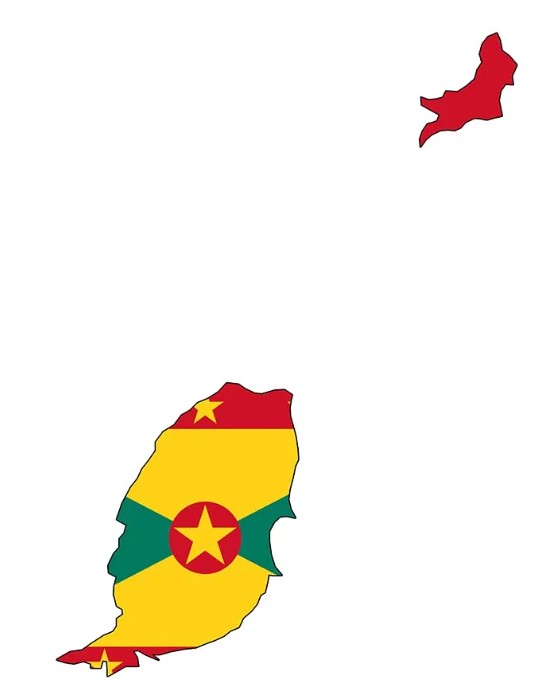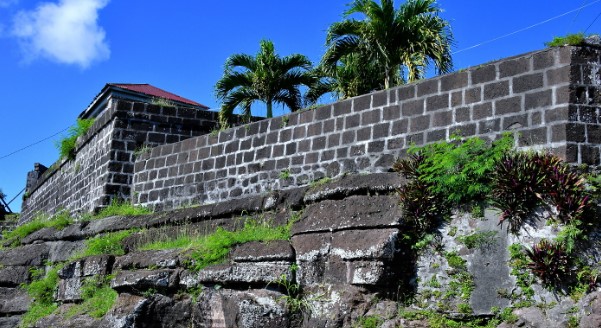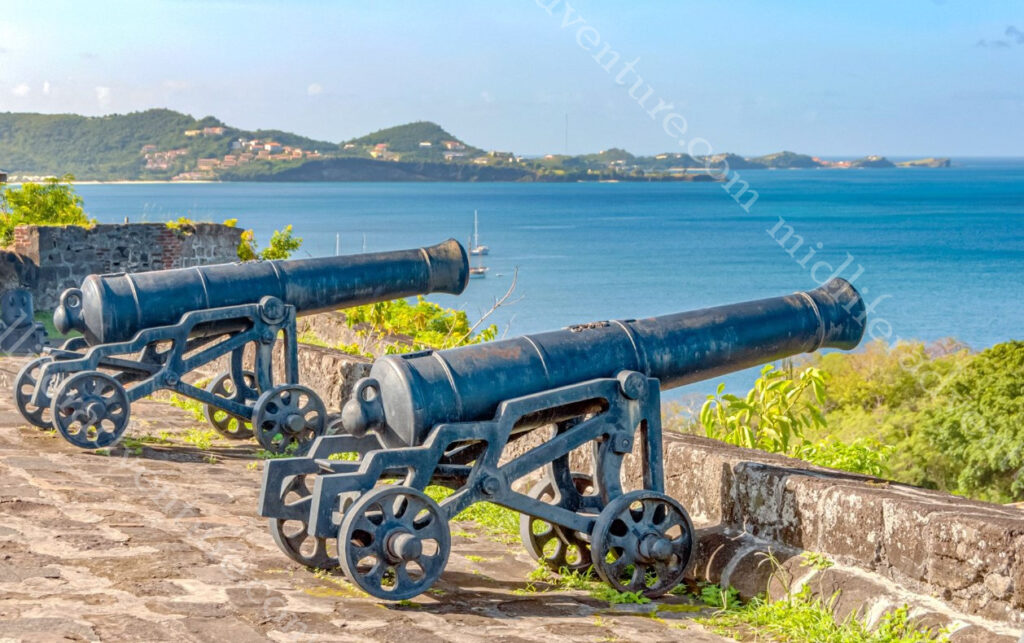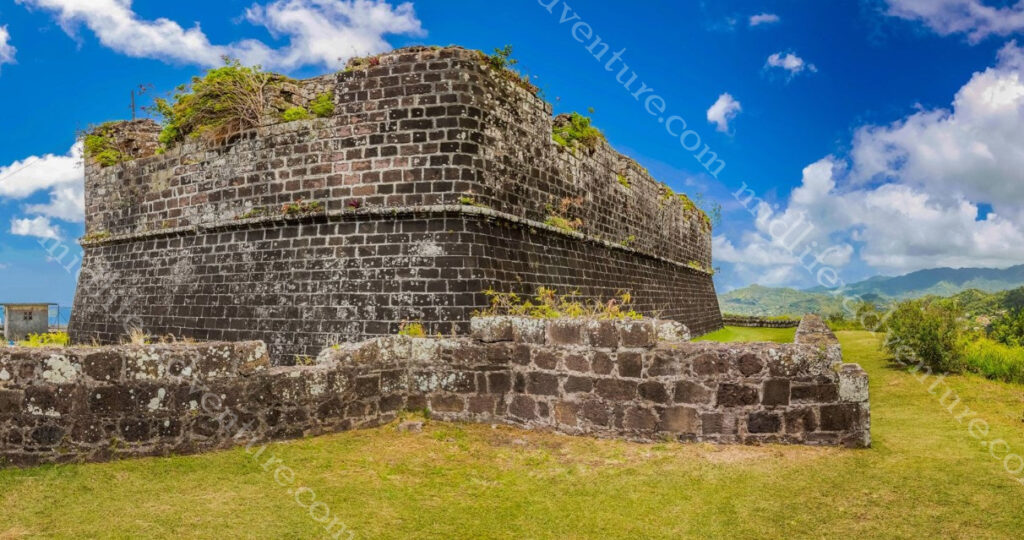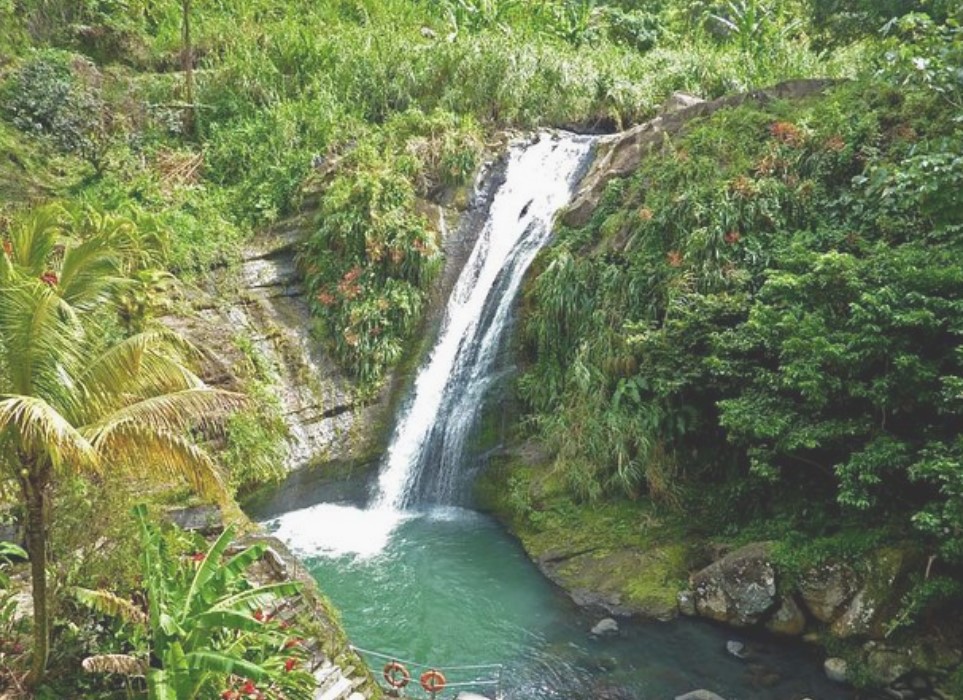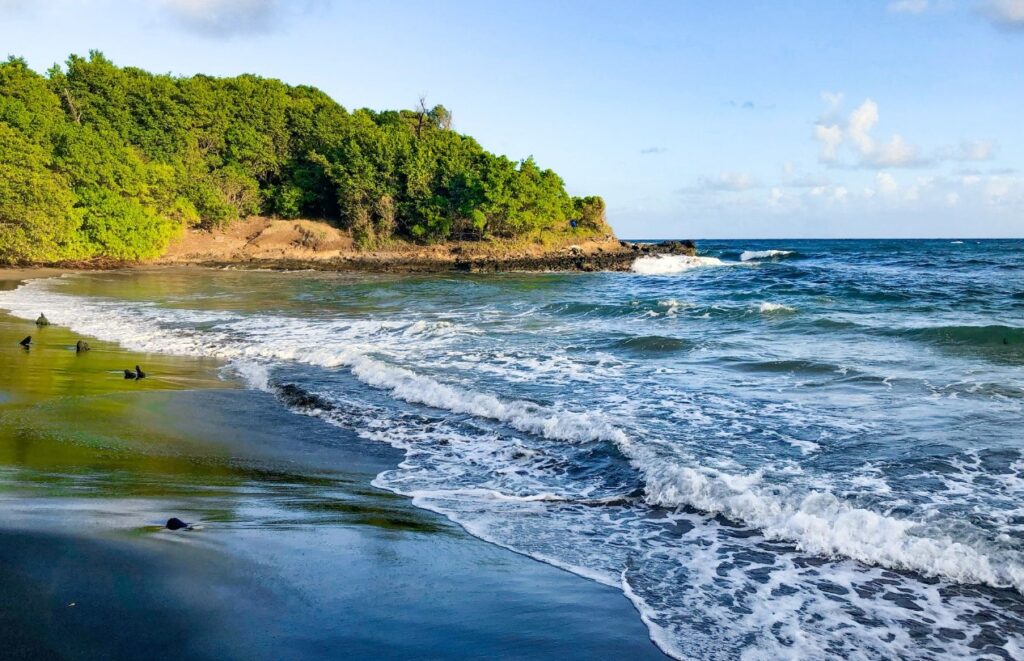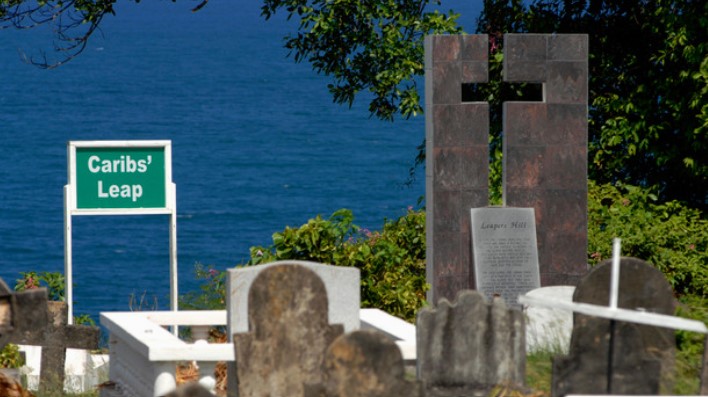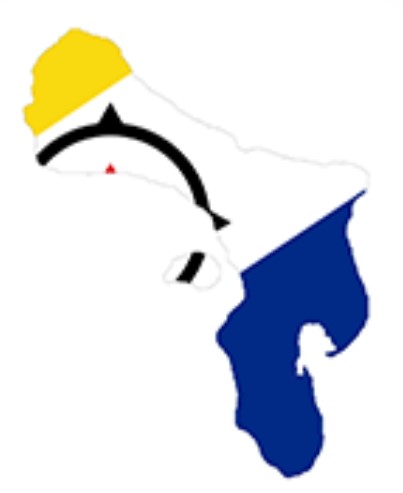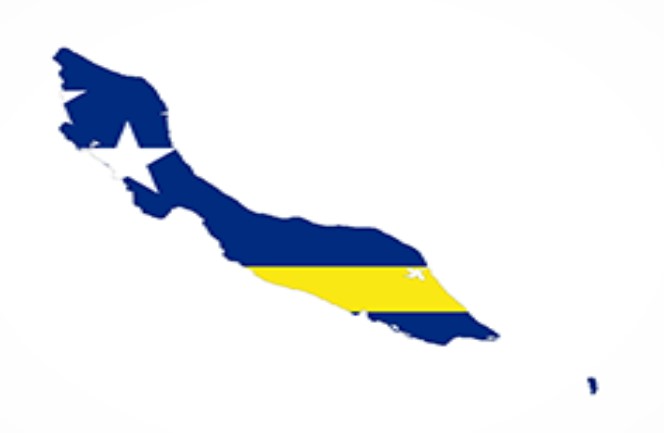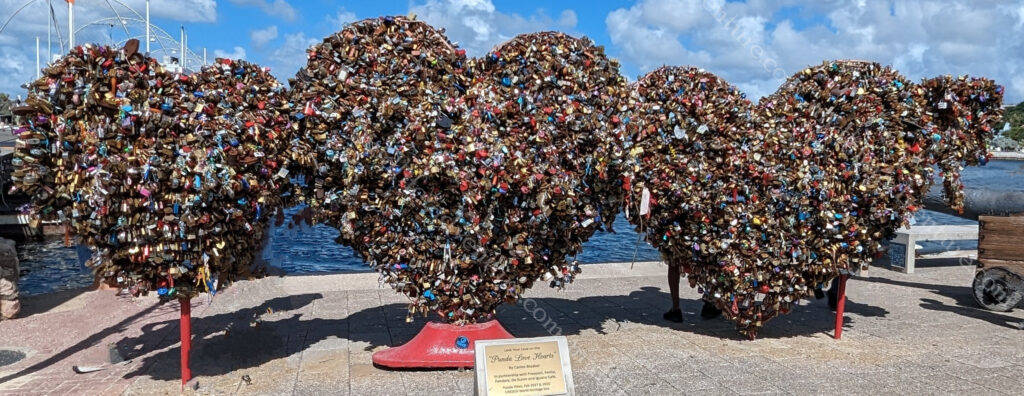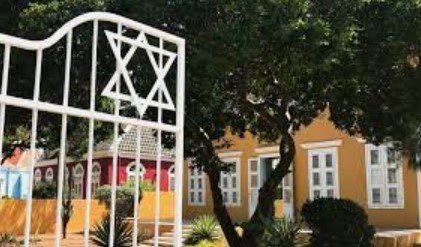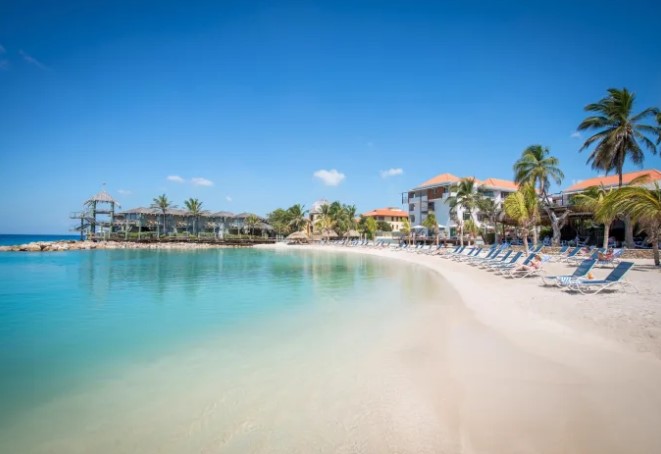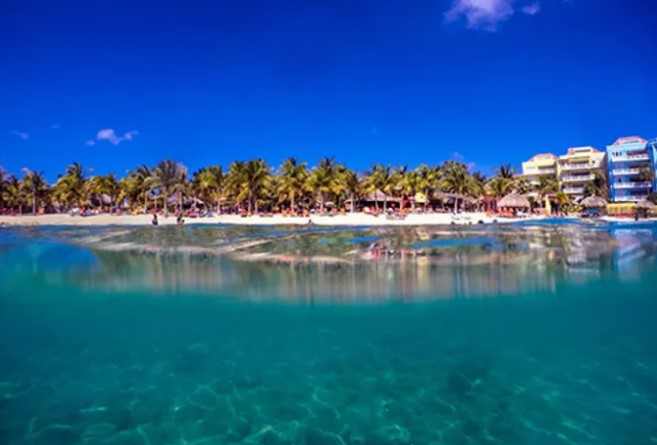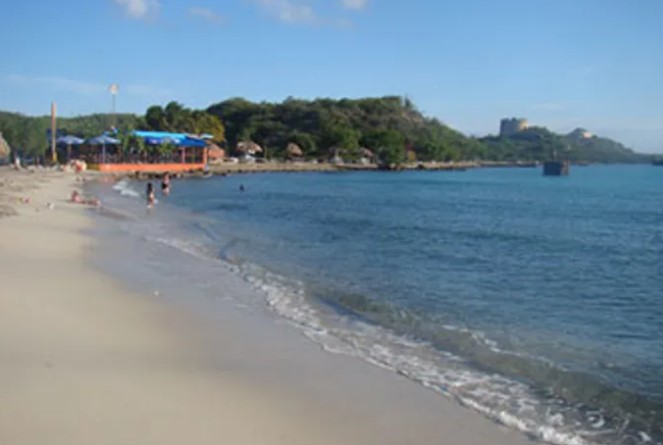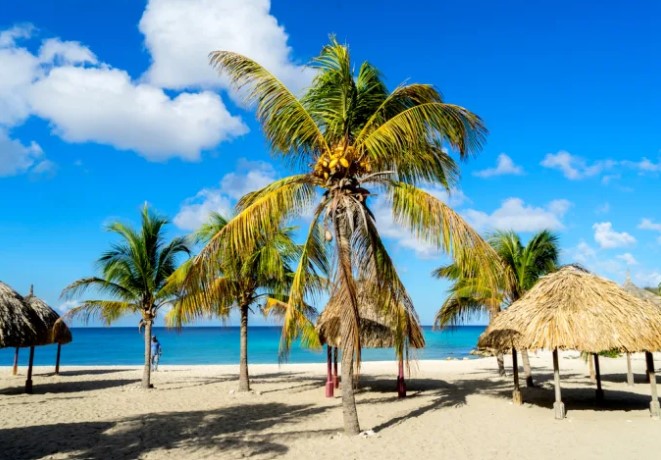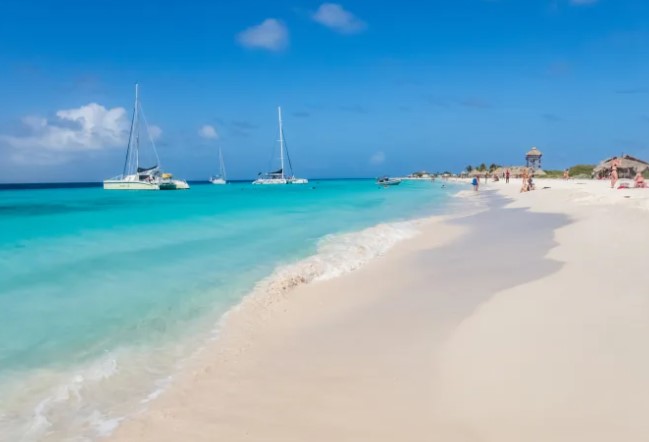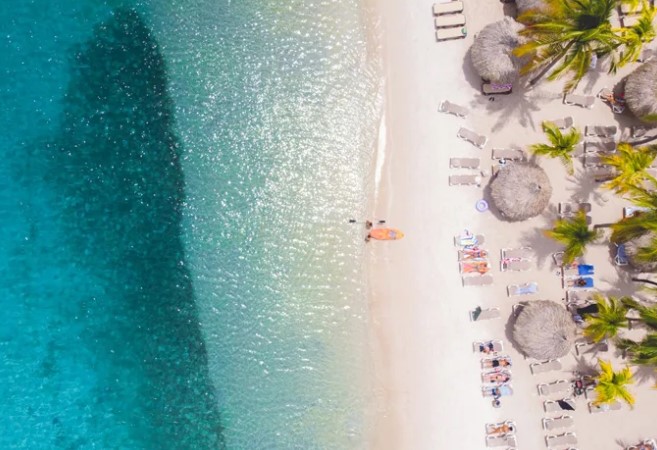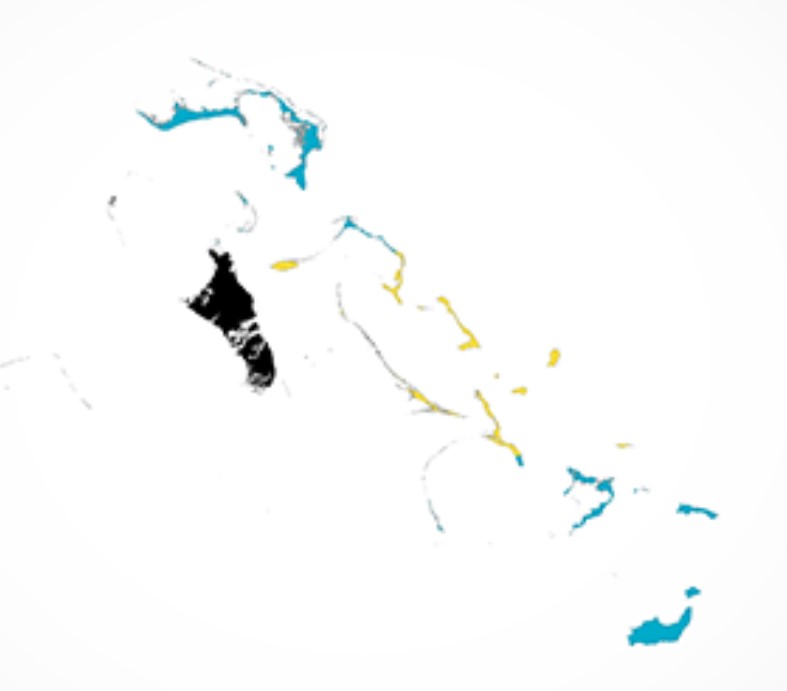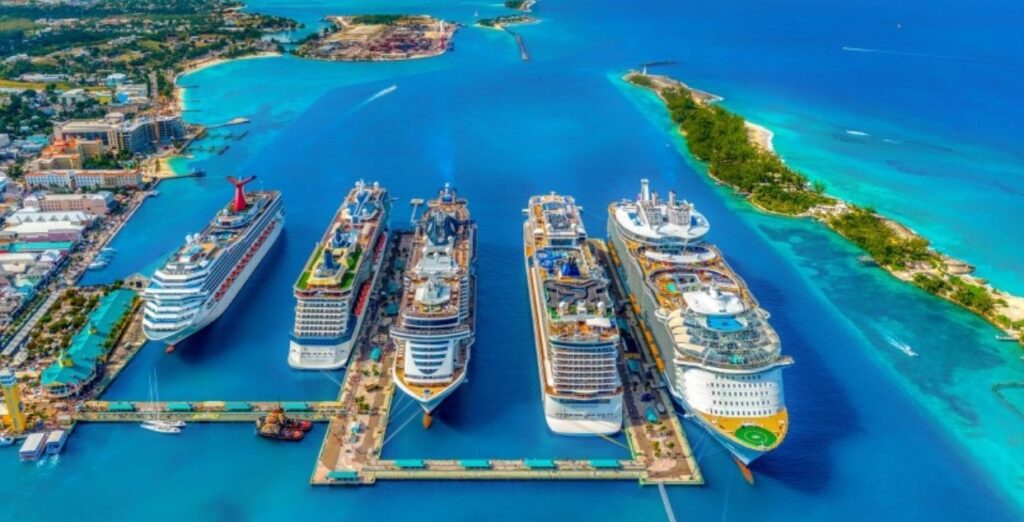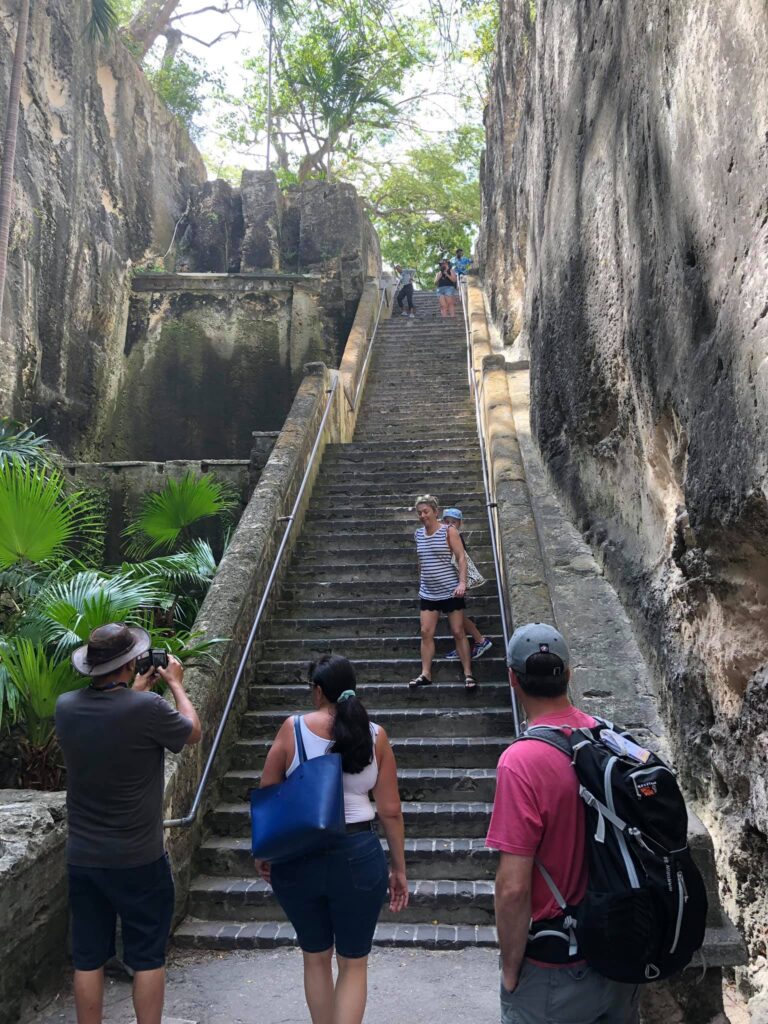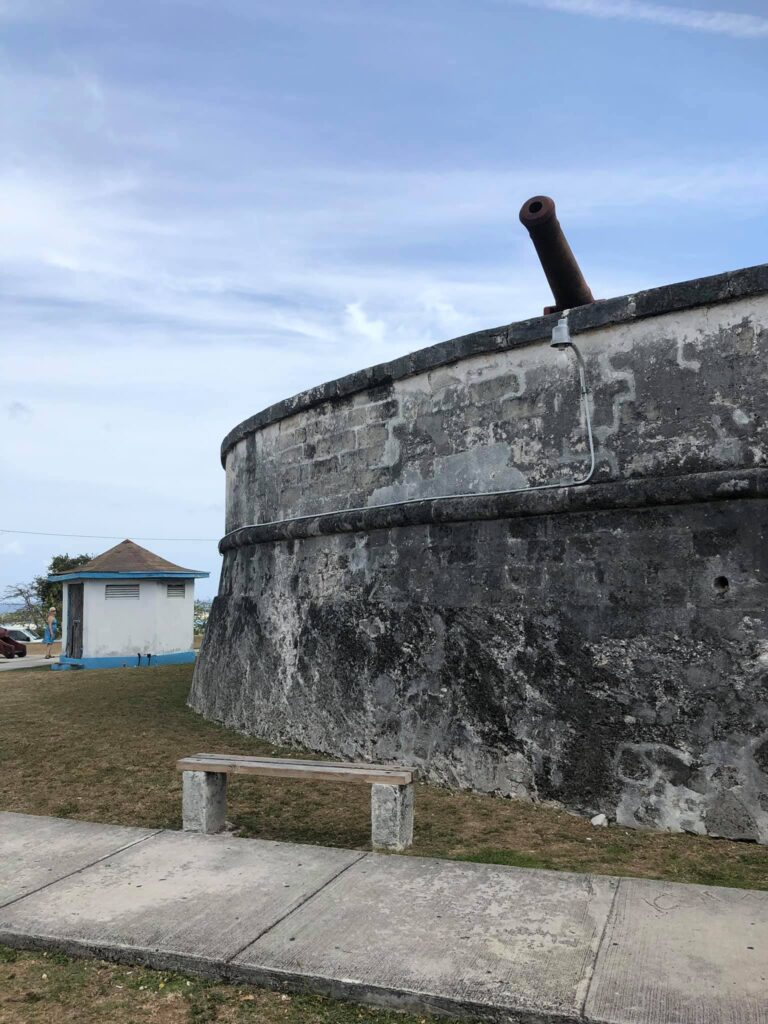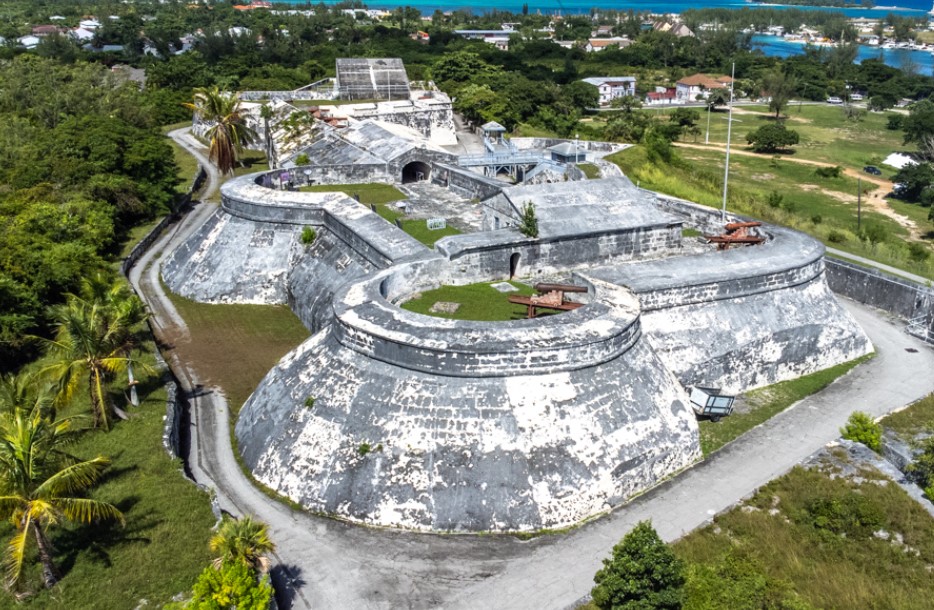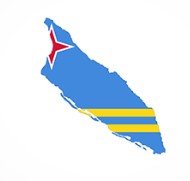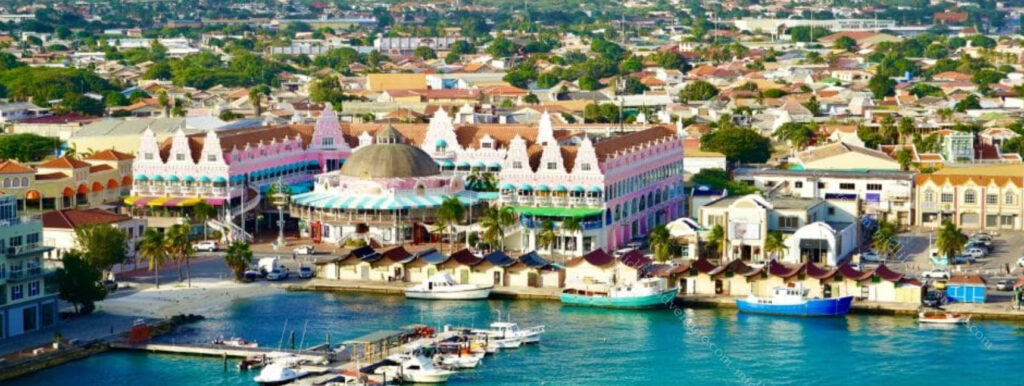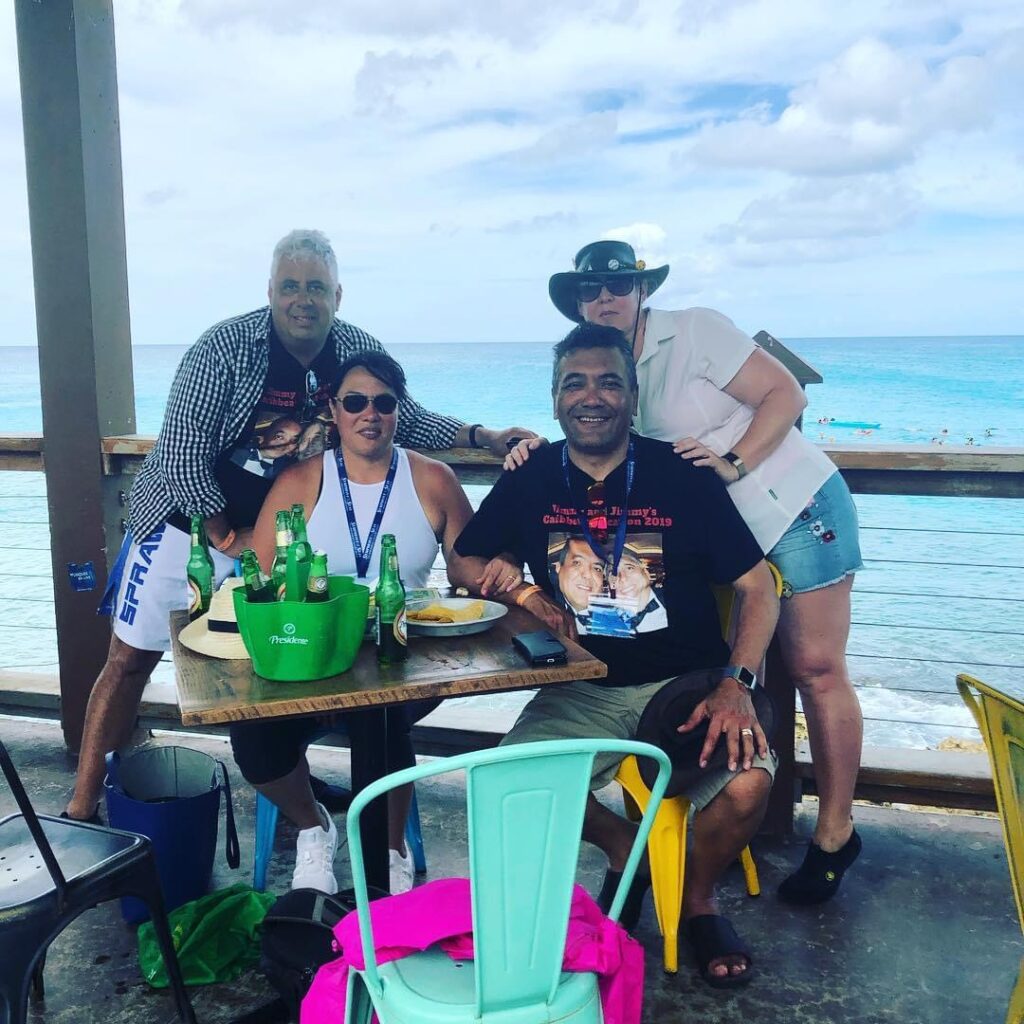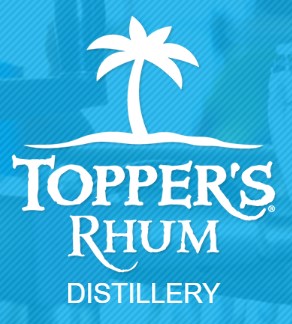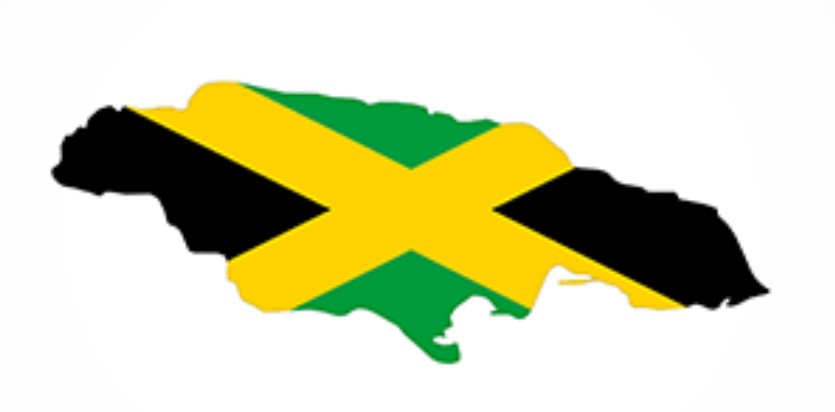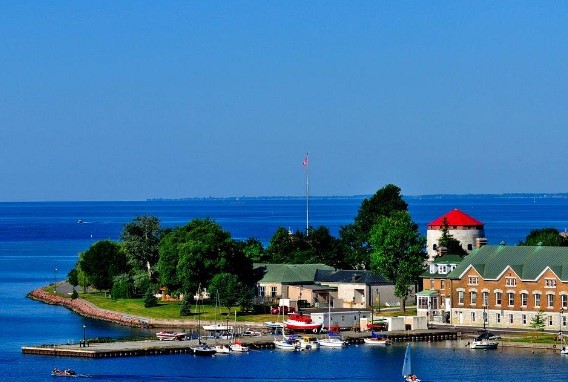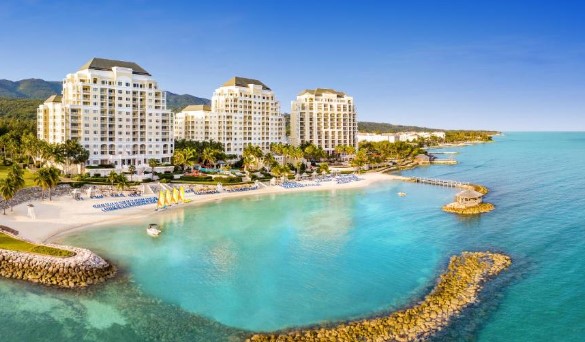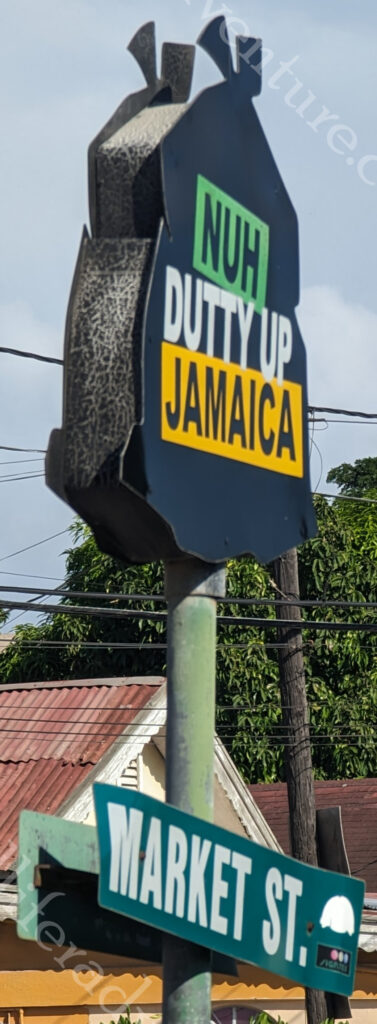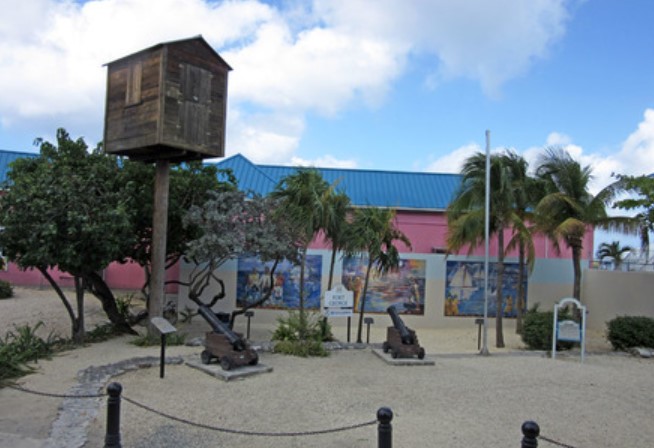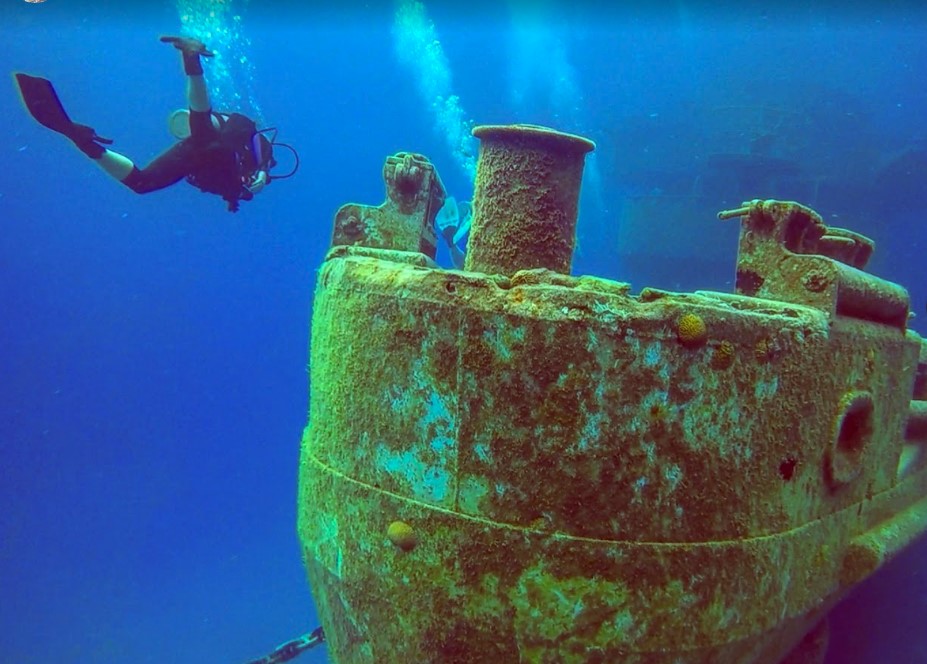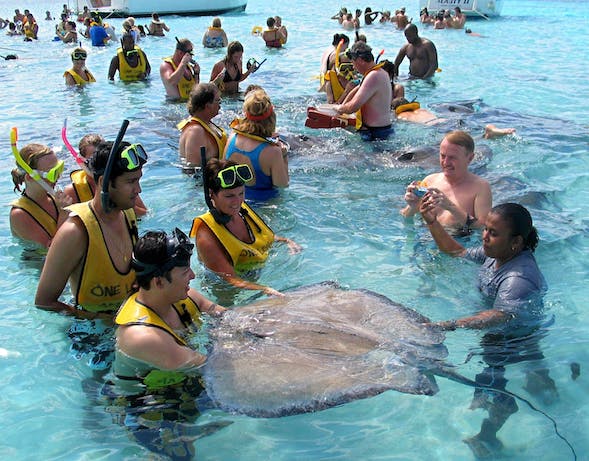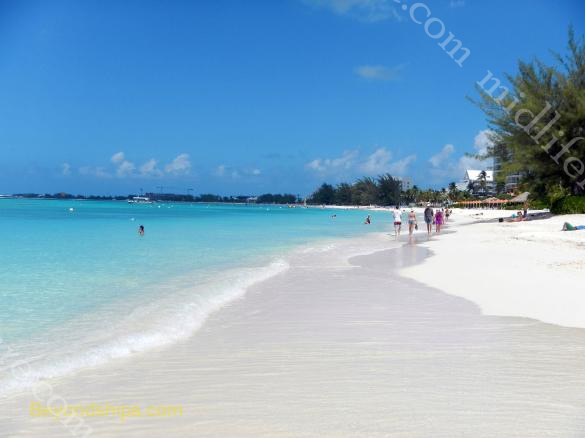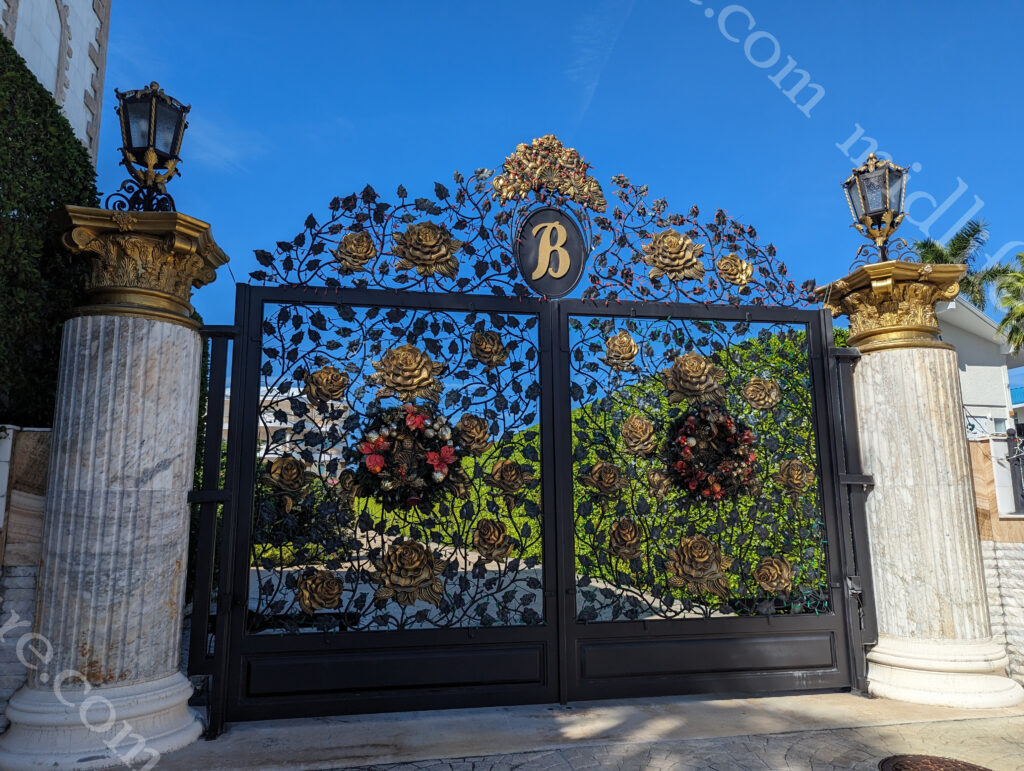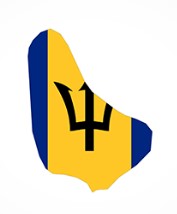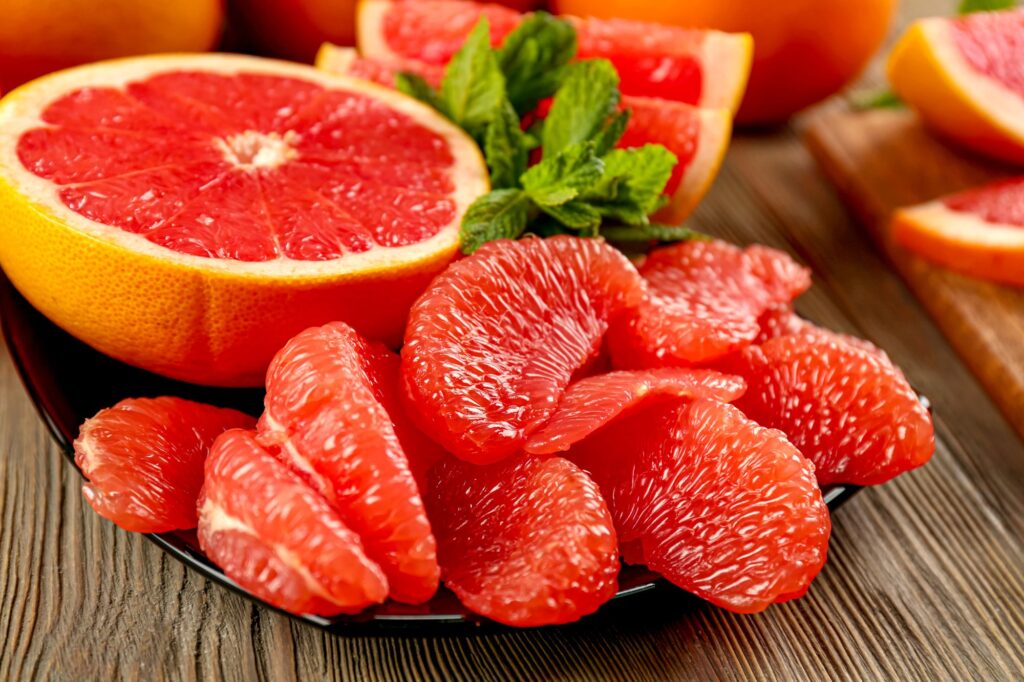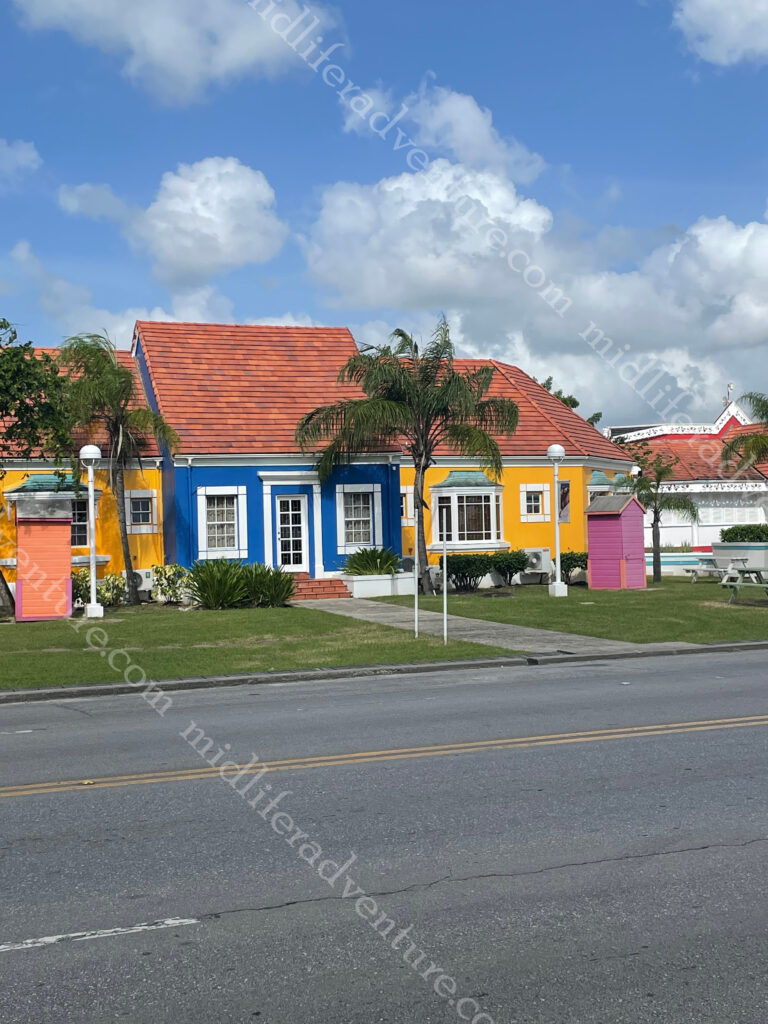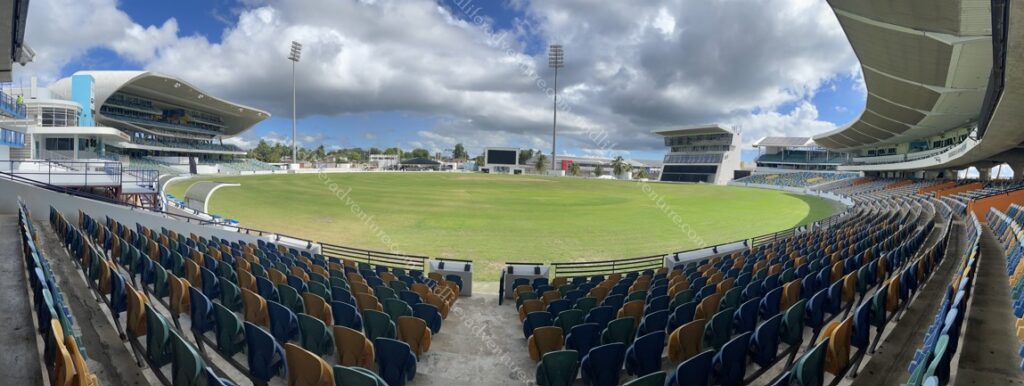
Well, a cruise of the Caribbean is a hell of a thing to contemplate. There are tons of companies going to any number of destinations. Some of these are countries, some are independent nations, some are foreign territories of other countries and some are private islands owned and operated by one or other of the cruise companies.
The sheer range of itineraries available is staggering.
Let’s start with what is meant by the Caribbean and what areas are included. The Caribbean is a catchall phrase that includes the more than 700 islands, islets, reefs, and cays within the Caribbean Sea. But it also includes some mainland countries that border the Caribbean Sea and the North Atlantic Ocean add to this the nearby coastal areas on the mainland (including the Gulf of Mexico, North American mainland, eastern parts of Central America, and the northern sections of South America).
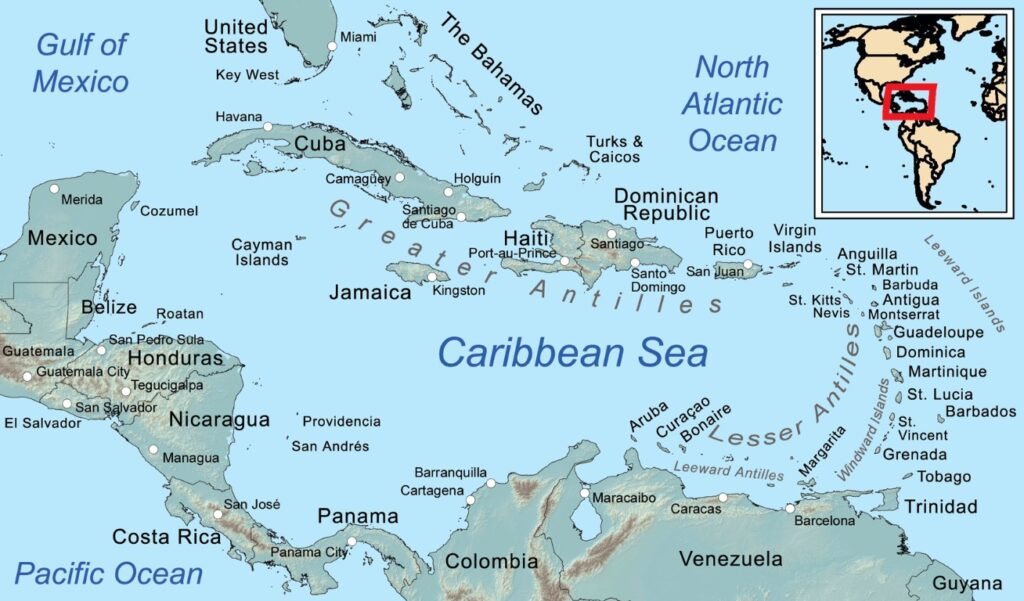
In total there are 31 individual countries or territories that make up the Caribbean (excluding the mainland nations that border it). So far, we have had the opportunity to visit 17 of the 31 countries or territories, with plans already in place to get to Haiti.
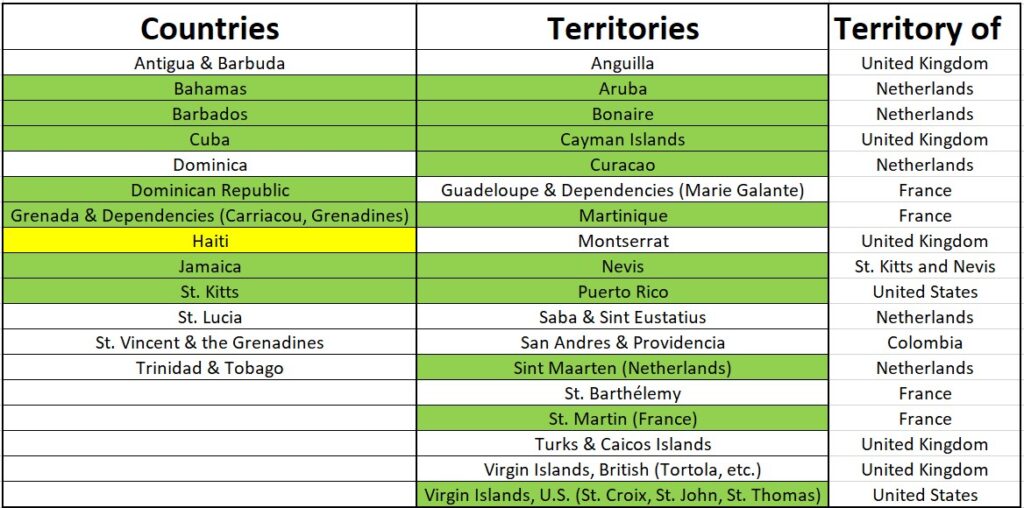
Getting About
To start with, there is no real ferry system in operation to allow you to bounce from island to island and airfares between islands can be quite expensive. So if you want to see a fair bit of the area, a cruise ship is your only real option (unless you have an amazing budget).
Cruise ship itineraries go to most of the islands (although due to some suspect security situations, crime and variable political stabilities some of the islands get missed). Add to this that some of the islands do not have deep enough seas/ports to allow access for the big cruise ships. That said, the majority do and accept the passengers and you just need to hunt the websites for the itinerary and line that suits you.
The Beaches
Almost all of the Caribbean islands offer excellent beaches, some are close (within walking distance) to towns and cities while others involve a (relatively cheap) taxi ride. Some of them have been flogged by tourists and are basically just sand and water (still pretty nice) while with a (very little) bit of effort, you can find snorkelling and wildlife amongst the many shallow reefs.
Many of the beaches will be private. This will mean a resort fee to access that area of the beach. This will typically buy you a lounger and that’s about it. Umbrellas and cabanas will be there, but they will (typically) be extra. Drinks (watery cocktails) and food (junky burgers and chips) will be available at highly inflated prices. When I say the beach will be private, I mean privately owned. You will still share it with 2-500 of your favourite strangers.






But it is not all bad, the beaches are nice, the scenery stunning and the views and sunsets will be amazing. And if you are ok with a weak cocktail in the sun then a good time will be had.
The food
The Caribbean is an exotic holiday destination known for its beaches, nature and the friendliness of (most) of its people. It is not by any means a food lover’s destination, and is unlikely to be so anytime soon. Traditional Caribbean food emerged several hundred years ago and has influences from African, Indian, Asian, Cajun, and European cultures.
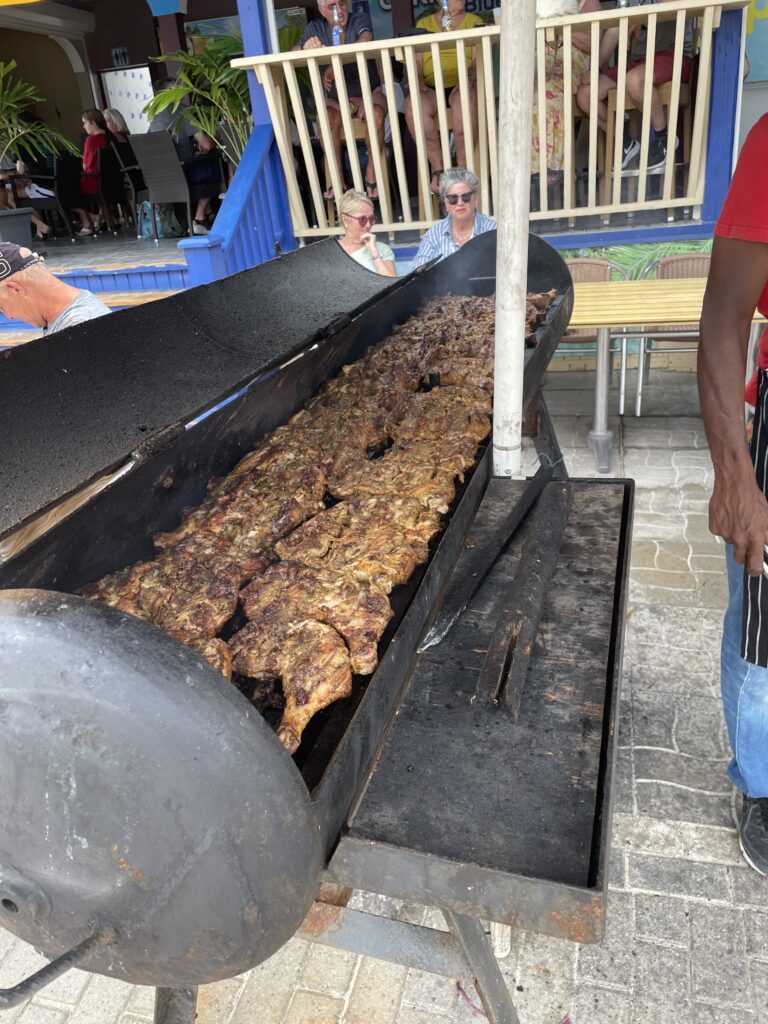
Jerk chicken is the staple. It’s is basically just chicken doused in spices and hot chillies, slow-cooked over pimento wood branches. But as you would expect, everyone has their own ‘unique’ recipe for the exact spice blend that goes into the mix.
It is nice enough, but good luck avoiding it if you felt like anything else.
If you get really lucky, you may find a pork chop (with the same sort of Jerk spice mix) but at least it’s something different. Unsurprisingly the burger patties come with BBQ Jerk sauce but every now and then if you are lucky, you may find one with a mango salsa.
Ackee and saltfish (salted cod) is Jamaica’s national dish and is eaten morning, noon, and night. Ackee is a fruit with a savory, almost nutty flavor.
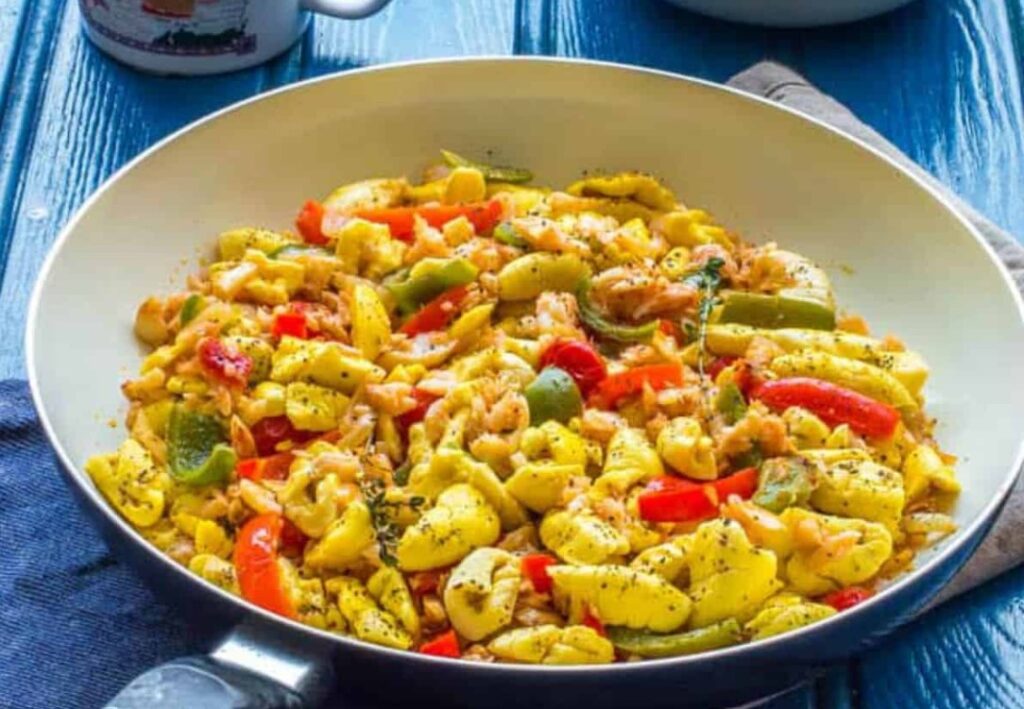

The ubiquitous side is rice and beans although is referred to widely as ‘rice ‘n’ pigeon peas’.
It is made by simmering the rice and beans in a coconut broth seasoned with spice, garlic, onion, and sweet capsicum.
It is also ok. But it is on every plate.
Plantain (a really starchy banana) is the next thing that will be tough to avoid. It is prepared in a variety of ways and can be quite tasty.
Sweet and savoury options abound and it will almost always be one of your sides (along with the rice).

Being island nations, obviously seafood plays a fair role in Caribbean cooking. The first one that you will likely run across is the conch fritters. These are basically just deep fried critters from the conch shell. The next is peppered shrimp which is the spicy go to snack option for the masses. After this the usual mix of stews, soups and curries arrive.






It is not that any of this food in the Caribbean is bad, it is just the same everywhere, on every menu, with little else on offer. Every meal you order will be some variation on the things above. After a period of time, you will be craving something (anything) else.
Cruise Companies
There are currently 37 (of the 51 ocean going) cruise companies that operate in and around the Caribbean. They all offer similar types of cruises (and ports) but the price can vary greatly between them however, usually the higher the price the more inclusions there are (eg. drinks, better wines, wifi etc).
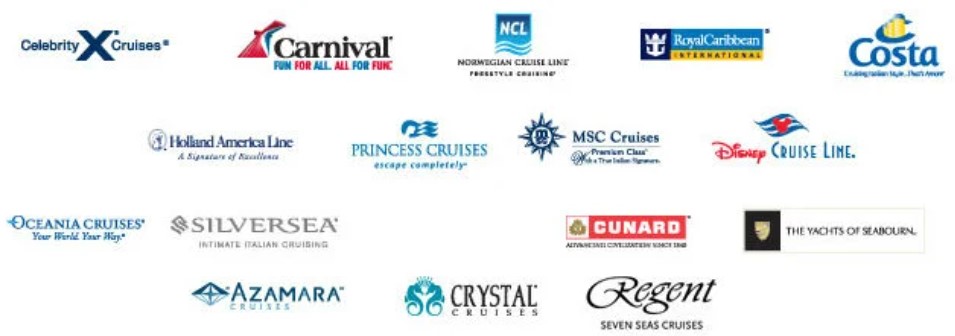
The normal type companies include Carnival, Royal Caribbean, NCL and MSC. Some catering to the premium services include Holland America, Celebrity and Princess. From here you get into the Ultra-Premium (Oceania, Azamara), Luxury (Cunard), Ultra-Luxury (Regent Seven Seas, Crystal, Silversea. And then there are the specialty type cruises (Disney, Windstar, Star Clippers and Virgin).

Some companies specifically target their cruises at families and children.
While others (like Viking and Virgin) do not accept people under 18 on board.
Cruise durations
The duration of your cruise (along with the company) is quite indicative of the type of cruise that you can expect. Cruises typically range from 2-15 nights taking in as many ports as is manageable within the allocated time frame. Cruises between 2 and 5 days tend to be booze cruises or full of little children with short attention spans. These usually never take in more than 2 ports.
Seven to 10 days is by far the most common cruise taken as it fits nicely with the usual US 2 week vacation period and allows for travel days for those outside a port town. This will typically take in 4-7 ports and will provide a nice mix of sailing days and port activities. The crowds tend to be a bit older than the party boat crowd and the ports tend to be a bit more interesting too.
Cruises over 10 days tend to cut out many of the kids and the younger adults that need to return to work (bearing in mind that US generally does not get the 4 weeks that we Aussies are used to). This means it is (generally) an older, more established cruise ship clientele.
The really long ones (trans-Atlantic and trans-Pacific etc.) tend to be for the seasoned cruisers, typically retired and under no time pressures to return to something.
Eastern vs Western Caribbean



Northern vs Southern Caribbean
Because the Bahamas (along with the Turks & Caicos) are close to Florida they are particularly desirable northern route locations for the short (booze cruise style) cruises originating in Florida.
Some cruise lines have created a southern route, moving Aruba, Barbados, Bonaire, Curacao, Grenada, and Trinidad & Tobago into this category as most of the route lies outside of the usual hurricane belt.
Cruise Ships
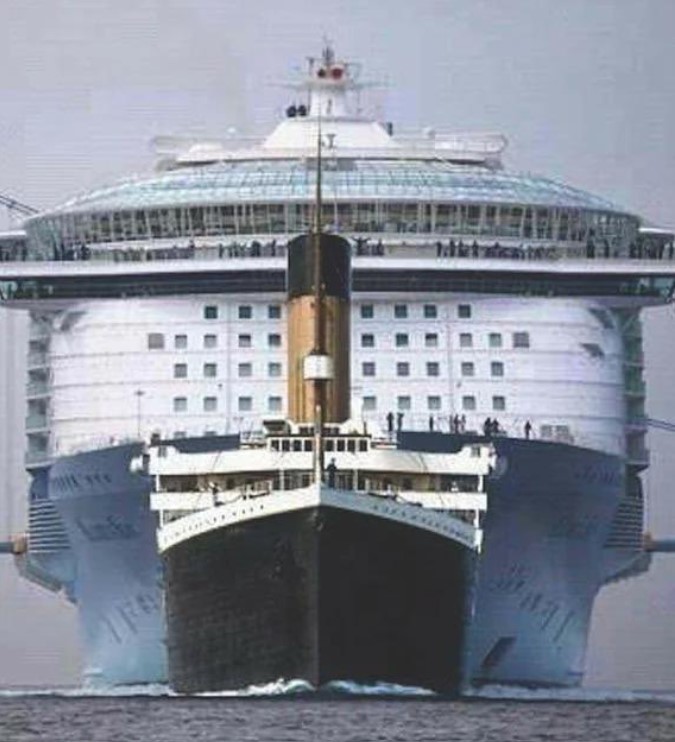
Modern cruse ships have been (and continue) getting bigger and bigger with every iteration.
The image on the left is a comparison of the Titanic (front) as compared with a modern day cruise ship.
I will focus on Royal Caribbean here as it has just launched the World’s largest ship (the Icon of the Seas).
The oldest in the fleet is the Grandeur of the Seas it is a 279 meter long, 32 meter wide ship that was built to house around 2000 passengers and an additional 750 crew.
It has two floors of dining rooms, three specialty restaurants, a theatre delivering Broadway-style shows, a gym, a spa, sports court, multiple bars, a sprawling casino, rock climbing wall two pools and more hot-tubs.
And with all of this, is by far the runt of the fleet offering the least amount of options and activities of the entire company. We have sailed on it three times and it is lovely.
The largest is more than 4 times the size and holds nearly 10,000 people at 365 meters in length.

In 2009 when the Oasis of the Seas was introduced as the biggest ship in the world it had a capacity (at double occupancy) of 5,400 guests. The newest offering (the Icon of the Seas) was launched in January this year and is quite frankly ridiculous. The ship will feature 20 decks, 18 of which are for guest use. These decks have been split into “neighborhoods,” that include a Central Park packed with live plants.
Other features include:
- the world’s largest water park at sea (six slides including an open free-fall slide, a 46-foot drop slide, family raft slides and a pair of mat-racing slides.
- a three-deck cluster of pools,
- a waterfall,
- seven pools – including a swim-up bar, suspended infinity pool and the “largest pool at sea.”
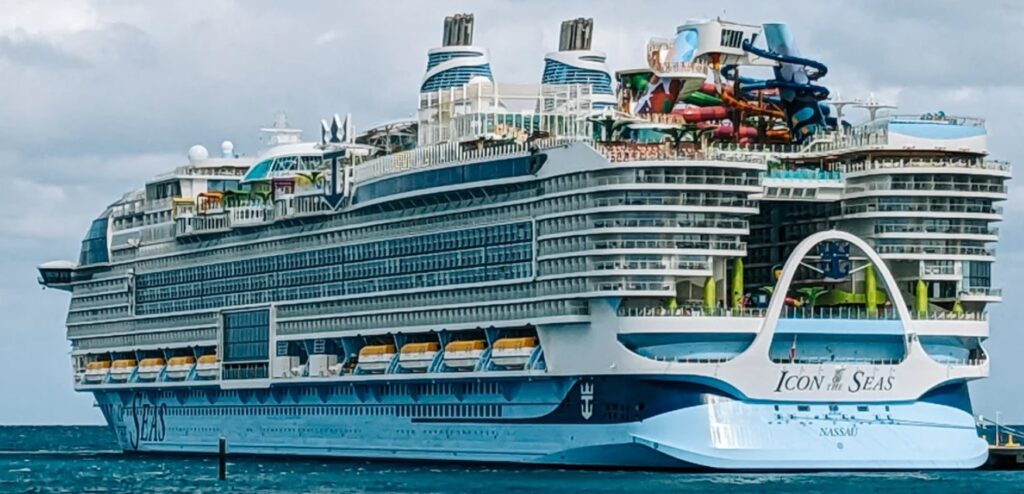
Cruise ships have gone beyond the usual buffet, main dining room and pool bar dining options. The new ship offers more than 40 options including 15 bars and more than 20 dining options.
Lets be honest here, this is not for me in fact it seems (having not been on it) terrible.
It is too big, has too much going on and will permanently be filled with screaming kids and their entitled parents.
Typically it is more the parents that I have an issue with rather than the kids, that just wanna have some fun.
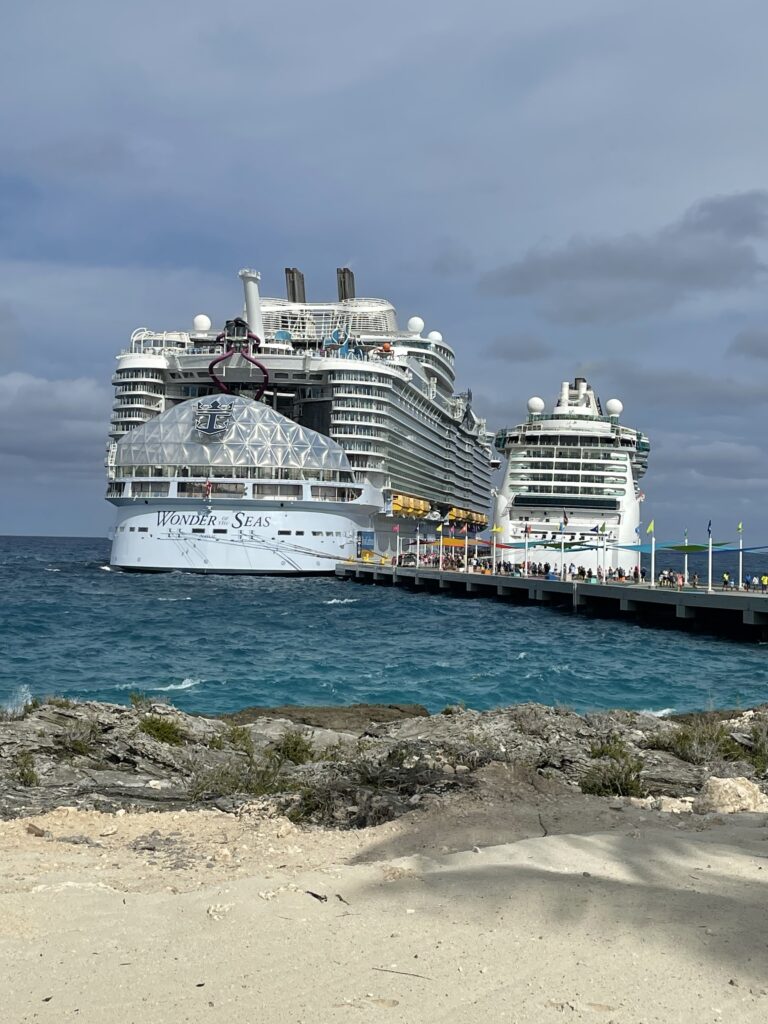
But that is the joy of cruising, the RC fleet offers me another 27 ships that will be less confrontational than its latest offerings.
Our Cruises
We have now done 14 cruises in multiple destinations (Australia, Asia, Alaska and Iceland). These 14 cruises have put us to a loyalty level (kinda like frequent fliers) that gives us enough perks (free coffee and drinks etc) to make it beneficial to stay with the same company. Not that we dislike any of the others or particularly recommend this one but our perk level has bred loyalty.
Within the Caribbean, we have done a few different itineraries throughout the region that have seen us going to many of the ports (some of them on multiple occasions). Most of the ports left positive (or at least neutral) impressions, with only really Colon in Panama and Falmouth in Jamaica leaving negative impressions.
Aruba and Curacao are on the top of the list of frequency of our visits (more due to the itineraries that a conscious choice).
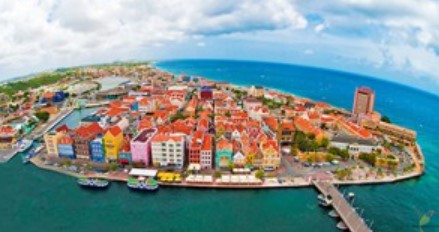
They are both Dutch colonies and are lovely. The streets are clean and the building and housing is typically European and is brightly painted. The beaches are clean and swimming and snorkelling abounds.
Barbados, Bahamas, Jamaica and St Maarten are next on the list of our multiple visitations and these four could not be more different if they tried. Barbados is alive and thriving during the week with turtle sightings straight off the beach. But it is tumbleweeds in town on the weekends (Sunday especially).



Jamaica was one of my least favourite of everywhere we have visited so far. It gave a feeling that you were not safe, even in the touristy bits it saw me having cannabis, cocaine and sex offered within 10 minutes of landing. Beyond the offers, there was a very uneasy feeling that purveyed. The first three blocks from port was neat and calm, but if you kept walking there was an overwhelming sense that you were about to be mugged.



We came here the next time and skipped town and headed to a resort fee-paying beach, it felt better but was a full on party beach. We paid for the transport and a beach chair and settled in for some sun, food and drinks. The enclosed resort option is beautiful and feels much safer, so if you are happy holidaying in a compound then it can be lovely.
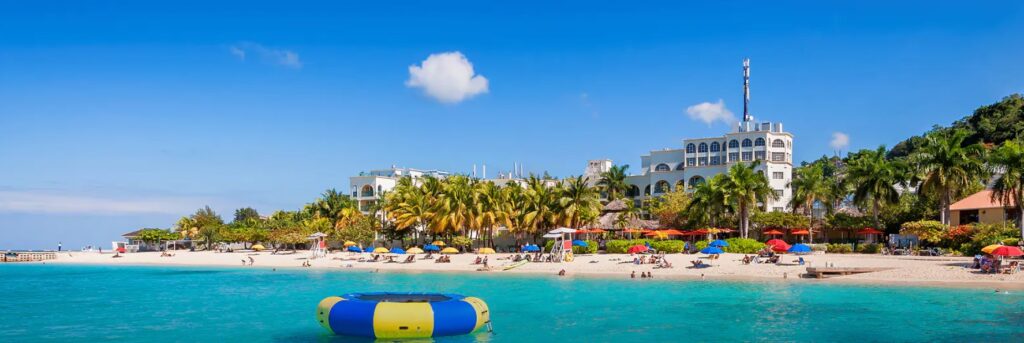
Bahamas is an absolute tourism machine that had built its entire economy around its pirating history and the modern cruise port. The main centre is Nassau where there are a few natural attractions (old fort and some historical aspects) but the place has developed to exploit and profit from the cruise ships.




Coco Cay is part of the Bahamas tourist machine but this part of it is owned (or at least leased) by the cruise company.
It is a destination of its own, upon arrival you immediately enter into a world of waterparks, theme parks, shopping and beach walks where the tourist is king.
Everything on the island has been put there to amuse, entertain or fleece the clientele from a cruise ship..
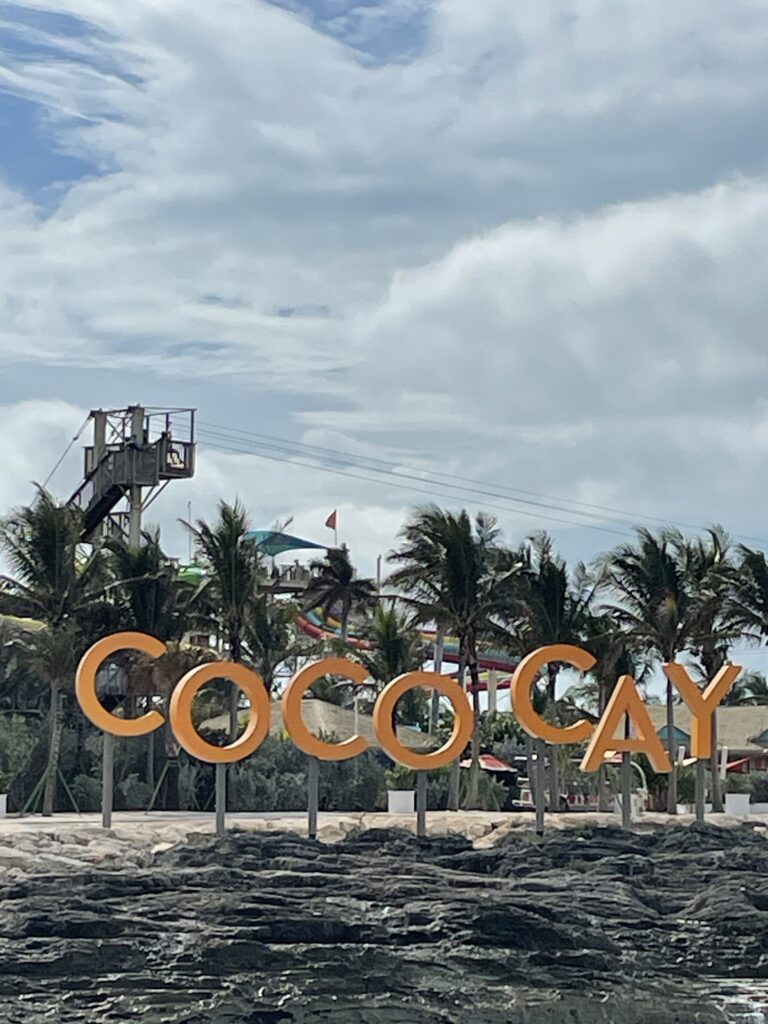
St Maarten is the dual island with a Dutch and French side. It is well placed to cater to the cruise ship crowds, but maybe a little more subtly than is the case in the Bahamas. We have been here twice now (one at each side of the island) and enjoyed both of them immensely.





The rest of the places we have been to have (so far) only been single stop-ins but they have all left an impression. So here is our summary of our visitations to date.
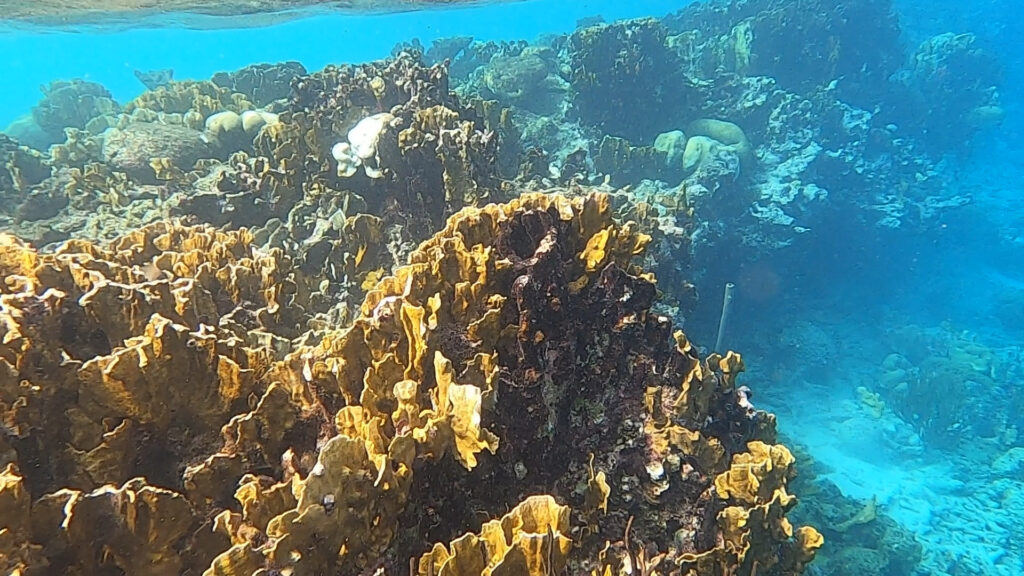
Bonaire (Kralendijk), was the pick of the stunning water so far. Great snorkelling coupled with a cute little town centre with all of the tourist appeal.
Cayman Islands (George Town) is a tax haven and tourist mecca for the European style tourists. Resorts aplenty, nice water and with a bit of effort some nice snorkelling and diving (once you get away from the resorts). The clarity of the water and the various shades of blue deliver exactly what I imagine when I get to a tropical island. And this place delivers that at almost every glance.






Costa Rica (Puerto Limon) I did love but it was mainly because I got to see and play with sloths (and with more time would have played with turtles). The wildlife is the main attraction and we really enjoyed it.
But the town centre was pretty sketchy and all the razor wire did ring a few alarm bells in our heads.
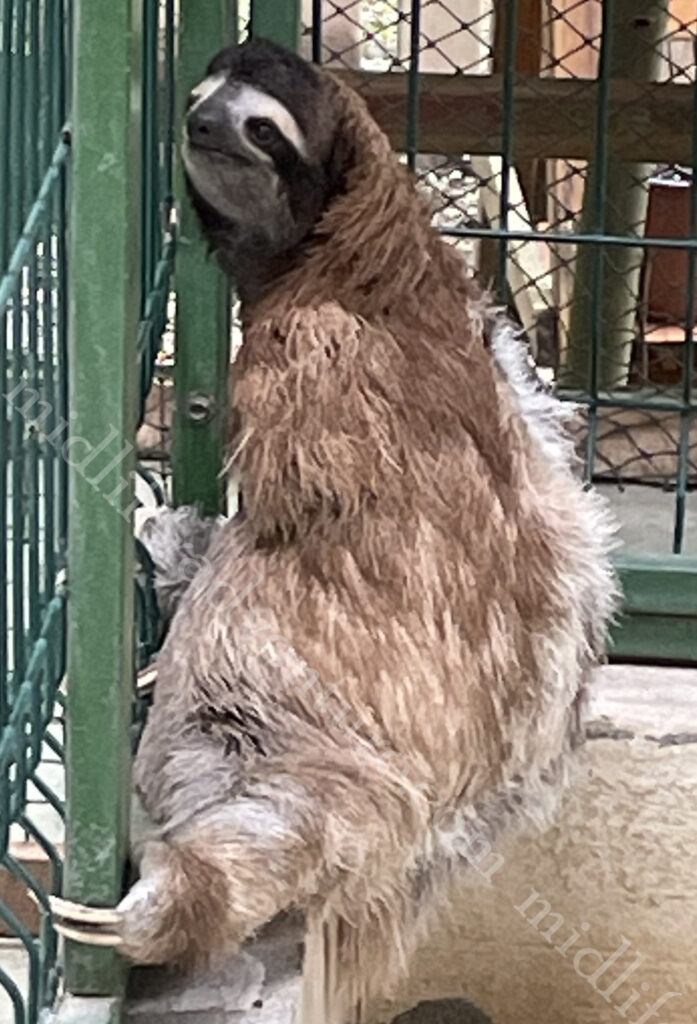
Dominican Republic (Puerto Planta) was amazing. The initial bit was tourist heaven (or hell if you prefer) with all of the water parks, pool and bars as soon as you land. If you never went any further, you could have several great days just in the manufactured bit.






But if you keep walking, you get into an authentic town centre and with a little more you land on the historic fort. There is a thriving local street art scene and the people are amazingly friendly. Based on our dip of the toe into the water I have already decided that the Dominican Republic needs at least a fortnight (if not more) to explore and enjoy.








Grenada (St Georges), was nice but our arrival saw us in a town with super steep hills. The result was a nice waterfront promenade and burning calves for anything else.
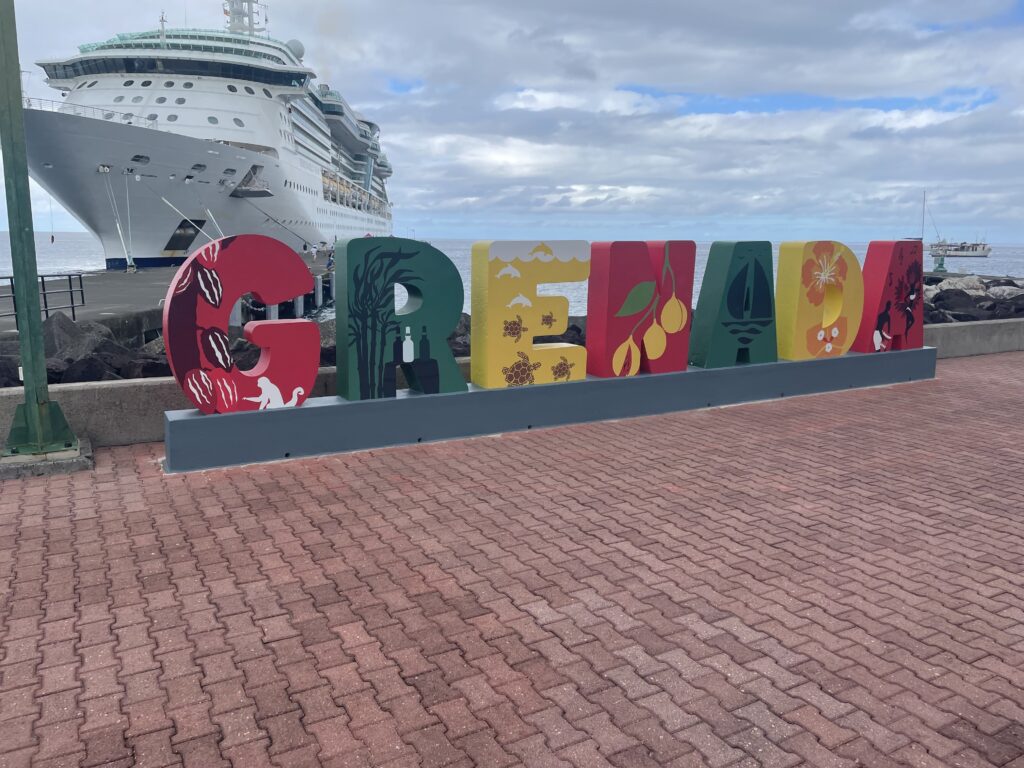
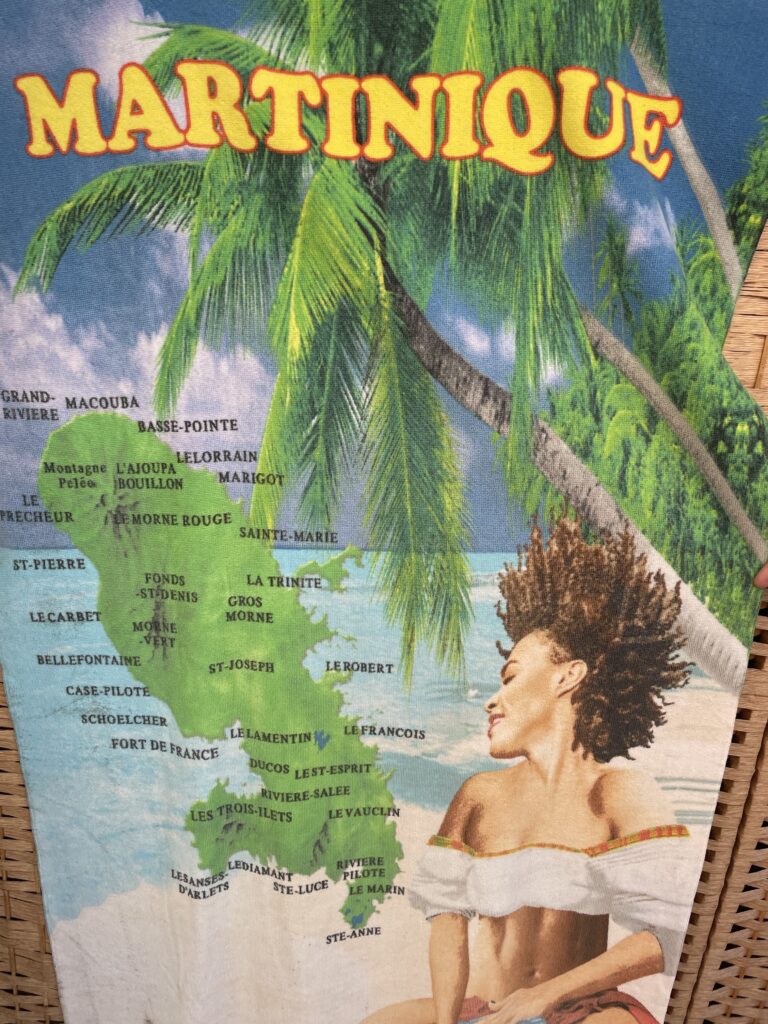
Martinique (Fort De France) was nice without being amazing and nothing about it made me want to rush back.
The town centre was ok as was the fort. It was good to come and spend a day exploring but that was about it.
Puerto Rico (San Juan), was amazing and much like the Dominican Republic this place needs more time devoted to exploring. The Island has almost 300 miles of coastline and nearly the same number of beaches. A predominately walled city there is a huge level of fortification (especially to the sea) with all of the gates and things that you would expect from such a town.








Two huge 16th century Spanish forts and stunning views make it an incredible place to visit. The smiles and happiness that you are greeted with here is something to behold. I am very happy to come back here again and explore more of the island.
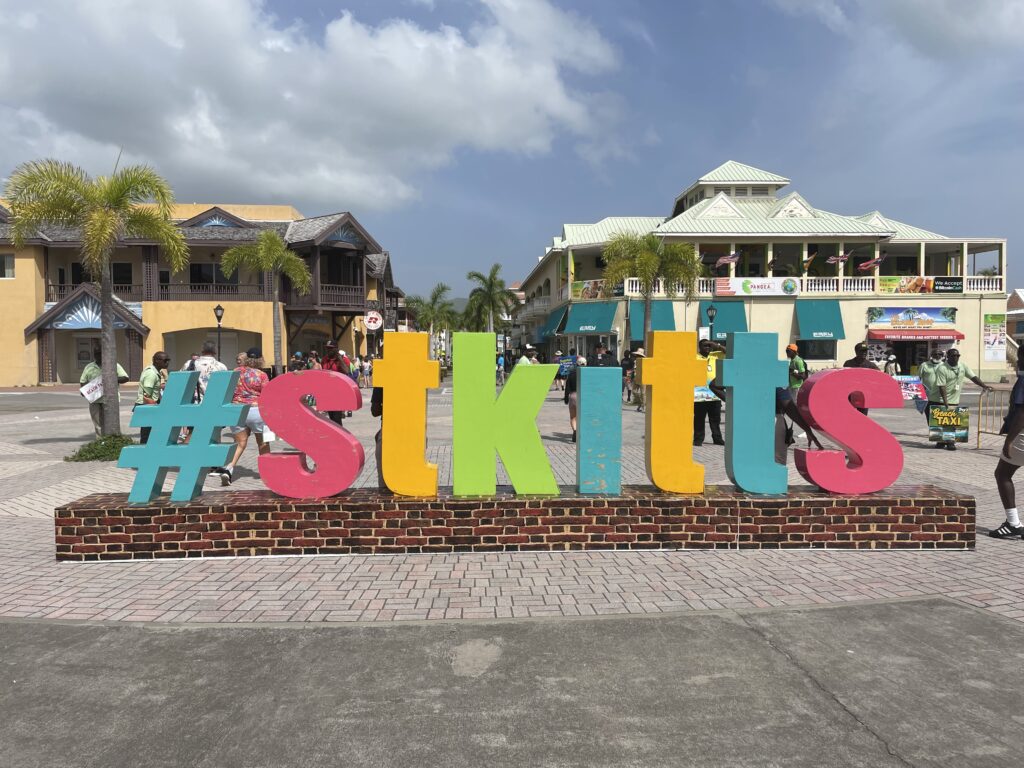
We popped into St Kitts & Nevis (Basseterre), and loved it. It was clean and easy to navigate with a really great feel to it.
The Beers
I really need to finish on the usual subject (for me anyway) the beers. Beer was introduced to the Caribbean by the British in 1880, and now each of the islands tend to brew their own with a few mass produced ones that service the region.
The first one you will likely find is the iconic Red Stripe from Jamaica. This will be closely followed by Carib which originated in Trinidad and Tobago and has since started brewing in St Kitts and Nevis and Grenada. Presidente (from the Dominican Republic) is sold widely through the region and Kalik (in multiple options) dominates the Bahamas.








For the most part, the beers are all pretty good. They are typically light lagers that lend themselves to sipping on a beach in the sun.
